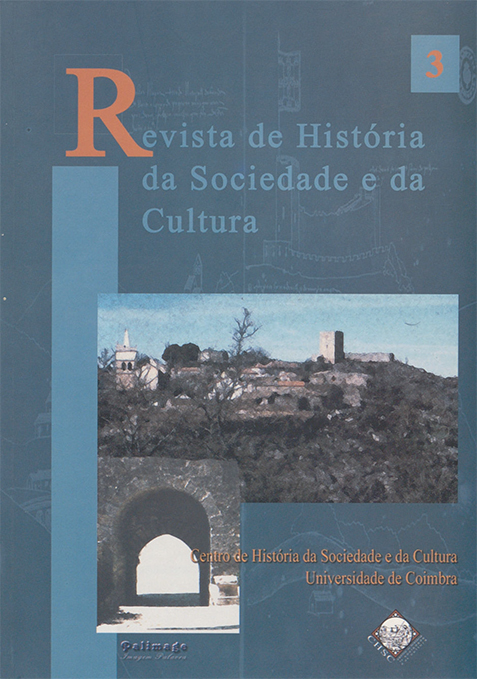Local Power and Administration in Medieval Gouveia
DOI:
https://doi.org/10.14195/1645-2259_3_1Keywords:
Beira - seigneurial advances, Beira - capital of the municipality, Beira - social-economic characterisation, Gouveia - Medieval charter and charter granted by King Manuel, Gouveia - lords of the landAbstract
This essay first contextualises social occupation of the Beira region in the 11th and 12th century and describes its network of secular and ecclesiastical seigneurs and its web of municipalities. Based on this framework, we analyse in detail the charter granted to Gouveia in 1186 by King Sancho I, in particular the economic clauses and those encouraging the settlement of people, the legal regulations, the framework of its ruling bodies and the social cleavages of its population divided into knights-villagers and pawns, revealing the relevant geostrategic position and the municipality's strong political and military target.
This is followed by a description of the region's political and social economic organisation in the 13th century, which was at the time already quite permeable to the seigneurial advances, as according to the information withdrawn from the 1258 Surveys.
To conclude, we follow the advancements of the seigneurial regime through the realms of Beira in the 14th and 15th century, underlining the revenue of the municipality of Gouveia which was donated, as well as the parcels of land granted by the kings to some families of the nobility. This seigneurial appetite, however, did not destroy the municipality of Gouveia, which was maintained throughout the centuries and even saw its privileges being confirmed by some sovereigns. On 1 June 1510, King Manuel granted Gouveia a new charter.
Downloads
Downloads
Published
Issue
Section
License

This work is licensed under a Creative Commons Attribution 4.0 International License.
Authors retain copyright and grant the journal right of first publication with the work simultaneously licensed under a Creative Commons Attribution License that allows sharing the work with recognition of authorship and initial publication in Antropologia Portuguesa journal.











